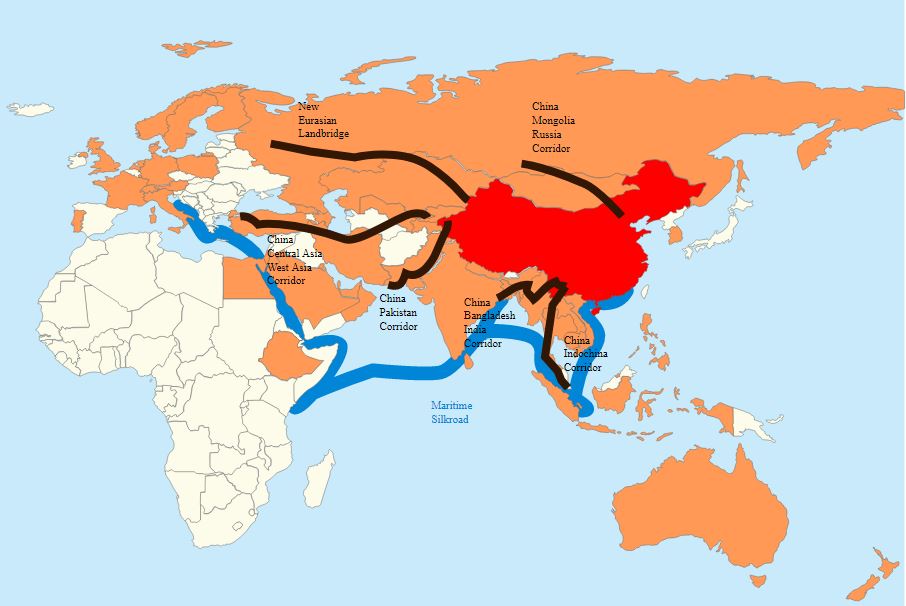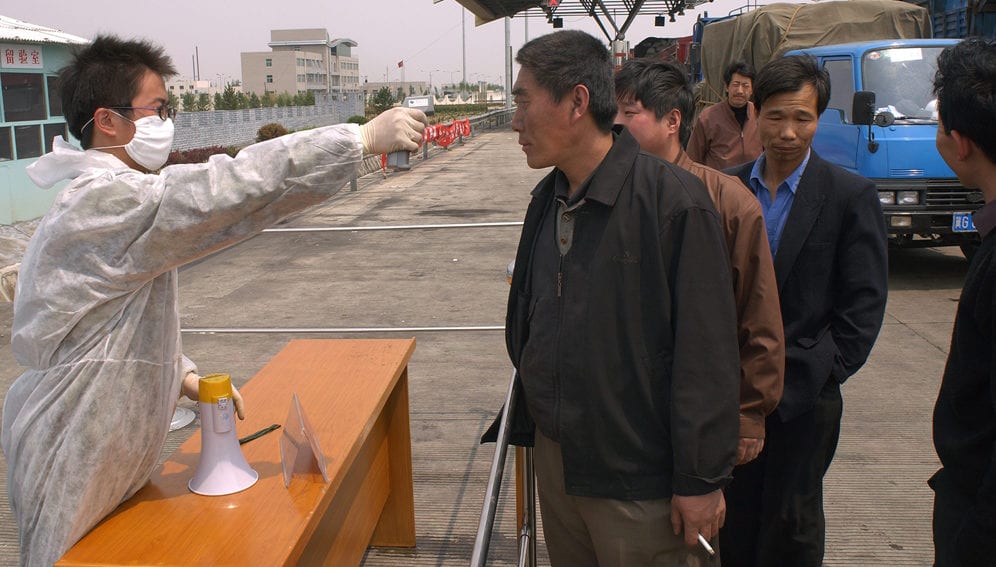Send to a friend
The details you provide on this page will not be used to send unsolicited email, and will not be sold to a 3rd party. See privacy policy.
[NEW YORK] China, which eliminated several parasitic diseases over the last two decades, now faces the prospect of a resurgence thanks to the Belt and Road Initiative.
Parasites are being carried back into the country by its citizens when they return from work stints in Africa, says a new study.
“A significant downside of increased investments and trade in Africa has been an increase in imported parasitic infections including intestinal schistosomiasis (caused by Schistosoma mansoni), loiasis, African trypanosomiasis, cutaneous leishmaniasis, and falciparummalaria,” write Lei Wang and colleagues.
They add that signs of re-emergence are also being seen beyond China. “In the Middle East, a wide range of NTDs are emerging in the conflict zones of Syria, Iraq, Libya, and Yemen, which will be further disseminated through roadmapped trade routes.”
“One is to continue our control or elimination programmes on NTDs in China, and the other is to transfer our Chinese working experience in NTDs control and elimination into other settings in Africa or Asia,”
Xiao-Nong Zhou, director National Institute of Parasitic Diseases and National Centre for Tropical Diseases Research, Beijing
In 2013, Chinese President Xi Jinping launched the Belt and Road Initiative to enhance trade, infrastructure and economic relations with Asian and African countries.
Currently, an estimated three million Chinese work in Africa, and more than 430,000 Africans live in the Guangdong province alone for academic studies and business. According to the study, published in January in PLoS Neglected Tropical Diseases, there is a need to expand monitoring and surveillance among both groups.
Estimates published by China’s ministry of health show that by the early 1990s, China had a high prevalence of parasitic and other tropical diseases. More than half billion people were infected with ascariasis, with some 200 million people suffering from the other two soil-transmitted helminth infections: trichuriasis and hookworm infection..

China in red, members of the Asian Infrastructure Investment Bank in orange, the corridors in black (Image and caption credit: Wikimedia Commons).
But several of these diseases have been eradicated, helped by strong economic development, massive reductions in the numbers of people living in extreme poverty, urbanisation, changes in agricultural practices, improved sanitation and extensive parasite control measures, say the authors of the study.
Bin Zhan, one of the authors and an associate professor at the National School of Tropical Medicine, Baylor College of Medicine in the US state of Texas, emphasises that China is “perhaps the first country to eliminate lymphatic filariasis and has made great strides toward eliminating Asian schistosomiasis. China has reduced dramatically infections of soil-transmitted helminths and has almost eliminated domestic malaria”.
“We were curious to explore how that track record might be exported,” says Zhan, adding that China’s great achievement in disease control may benefit other countries. He believes that economic development has been important for the eradication of these diseases, alongside two other factors: the well-established infrastructure of health care, disease control and prevention, plus government investment in deworming and control of vectors that transmit diseases.But that success is now at risk of being eroded. The study lists nine “major NTDs [neglected tropical diseases] we can anticipate emerging in China as a consequence of Belt and Road trade,” with malaria, leishmaniasis and schistosomiasis topping the list.
Xiao-Nong Zhou, director of the National Institute of Parasitic Diseases and National Centre for Tropical Diseases Research, Beijing, says the report presents an accurate appraisal of NTDs in China. “The achievements include the elimination of lymphatic filariasis in 2007. Moreover, no indigenous malaria case has been reported since 2017 and malaria is expected to be eliminated in China by 2020,” he says.
Xiao-Nong believes the country now needs to focus on two areas. “One is to continue our control or elimination programmes on NTDs in China, and the other is to transfer our Chinese working experience in NTDs control and elimination into other settings in Africa or Asia.”
Zhan says that despite hosting large pharmaceutical industries, China, as well as India, have been “somewhat underachievers in terms of developing new neglected diseases technologies — drugs, diagnostics, and vaccines. We need the enormously successful China-India pharma machine to turn its attention to neglected disease product development.”
This piece was produced by SciDev.Net’s Asia & Pacific desk.














